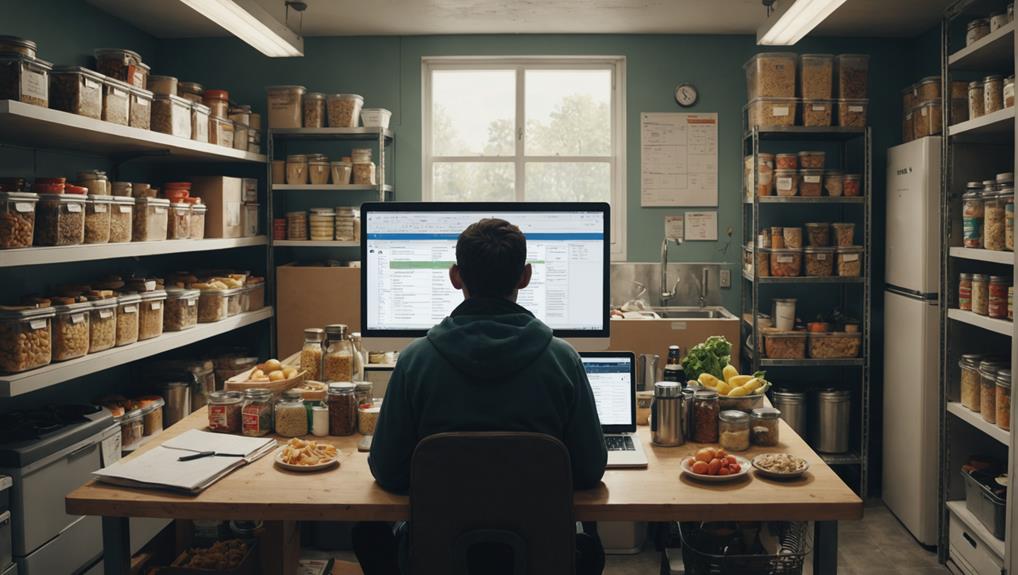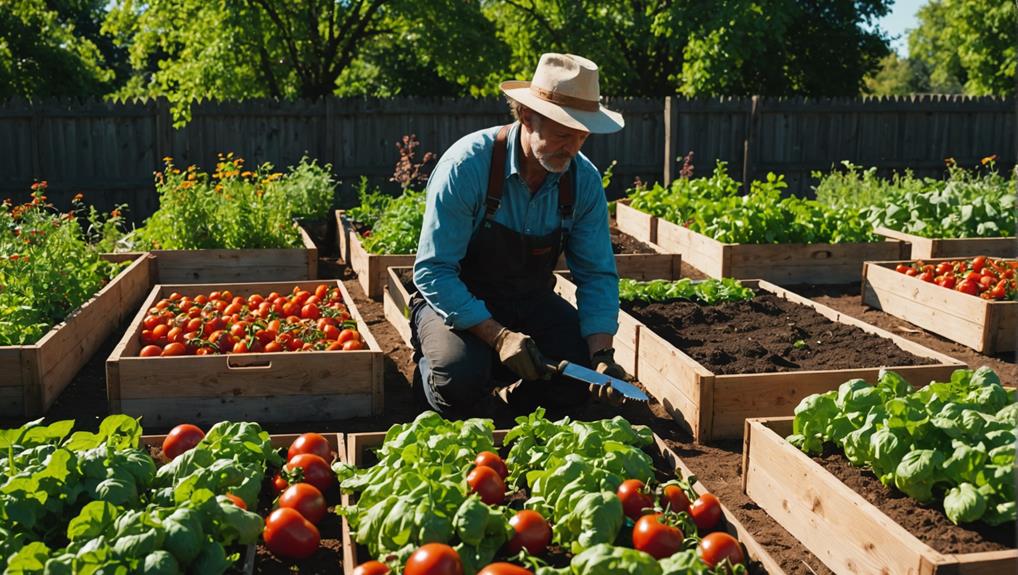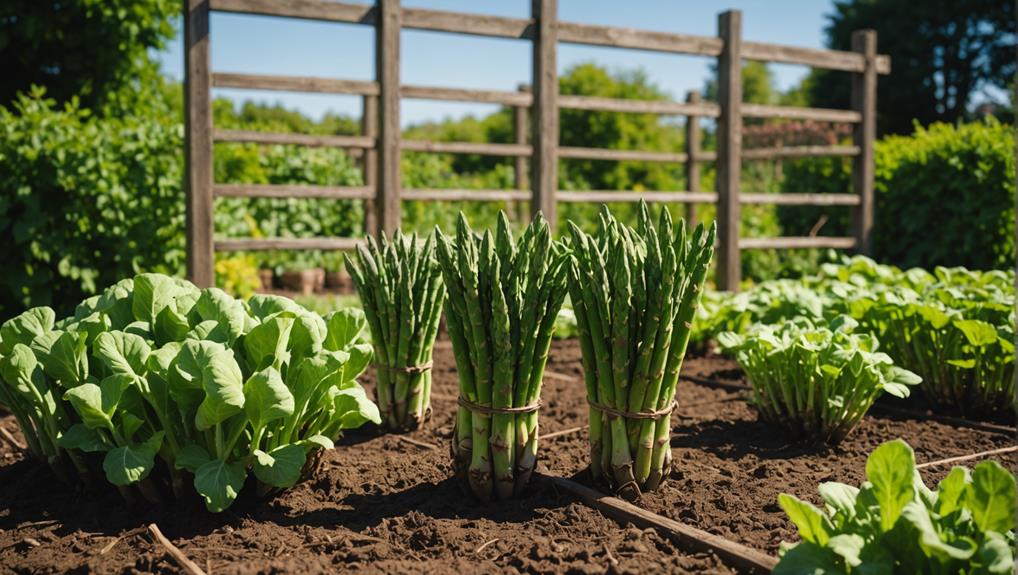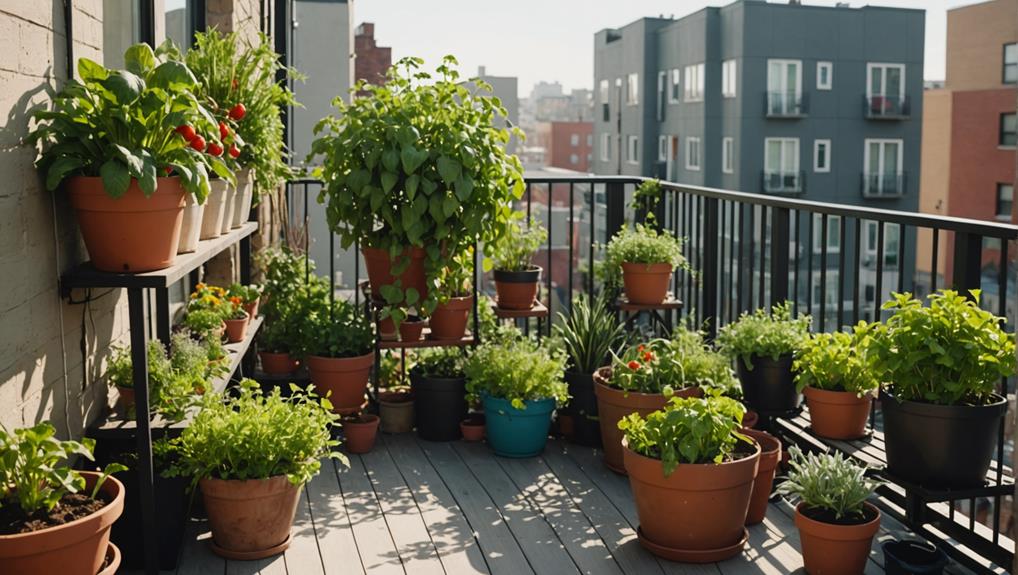As an Amazon Associate I earn from qualifying purchases.
As you start your prepping journey, you're likely wondering how to fit it into your already busy daily life. You're not alone – many preppers struggle to balance their preparations with work, family, and social responsibilities. The good news is that with a few simple strategies, you can make steady progress on your prepping goals without sacrificing your daily routine. By setting realistic goals, prioritizing tasks, and integrating prepping into your daily schedule, you'll be surprised at how much you can accomplish. But where do you start, and how do you avoid burnout?
Setting Realistic Prepping Goals

As you set out on your prepping journey, define achievable objectives by identifying what you want to accomplish, how long it'll take, and what resources you'll need to allocate. Effective goal setting is vital to balancing prepping with daily life.
By setting realistic goals, you'll avoid feeling overwhelmed and guarantee steady progress.
Begin by evaluating the risks you want to mitigate, such as natural disasters or economic downturns.
Then, determine what skills or supplies you need to acquire to address these risks. Break down larger goals into smaller, manageable tasks to maintain momentum.
For instance, if your goal is to stockpile a year's worth of food, start by aiming to store a month's supply within the next three months.
Remember to set specific, measurable, and attainable targets.
Instead of 'I want to be more prepared,' aim to 'create a 72-hour emergency kit within the next six weeks.'
Prioritizing Tasks and Activities
How do you decide which prepping tasks to tackle first when you're faced with a long list of activities and limited time? Effective prioritization is key to achieving your prepping goals without sacrificing your daily life.
Start by categorizing your tasks into must-haves, should-haves, and nice-to-haves. This task categorization helps you focus on the most critical activities that align with your goals.
Next, allocate specific time slots for each task using the time blocking technique. This involves scheduling fixed, uninterrupted blocks of time for each activity. By doing so, you'll guarantee that you're dedicating sufficient time to each task and making progress towards your objectives.
Be flexible and willing to adjust your priorities as circumstances change. Remember, prioritization isn't a one-time task; it's an ongoing process that requires regular evaluation and adaptation.
Creating a Prepping Schedule

You've prioritized your prepping tasks, now it's time to create a schedule that brings structure and consistency to your efforts.
This will help you stay on track, guarantee you're making progress, and avoid feeling overwhelmed. Start by allocating specific time slots for each task, a technique known as time blocking.
Be realistic about how much time you have available and set achievable goals for each session. Consider your energy levels and schedule tasks that require the most focus during your most productive hours.
Think about seasonal planning too.
For example, if you live in an area with harsh winters, you may want to focus on stockpiling and preserving food during the summer and fall months.
This will guarantee you're prepared for the cold season ahead. By scheduling your prepping tasks according to the seasons, you'll be better equipped to handle whatever nature throws your way.
Remember to review and adjust your schedule regularly to verify it remains relevant and effective.
With a solid schedule in place, you'll be able to balance your prepping goals with your daily life, and achieve a sense of security and preparedness.
Integrating Prepping Into Daily Routines
By incorporating prepping tasks into your daily routine, you'll make steady progress without disrupting your regular life.
This approach allows you to tackle prepping tasks in manageable chunks, ensuring that you're consistently moving forward.
One effective way to do this is by leveraging your morning routines.
Use this time to tackle tasks such as:
Meal prep: Prepare healthy meals and snacks for the day, ensuring you're fuelled for whatever comes next.
Organizing your emergency kit: Take a few minutes to restock and organize your emergency kit, ensuring it's always ready for use.
Reviewing your prepping goals: Take a moment to review your prepping goals, ensuring you're on track to meet them.
Quick skills practice: Spend a few minutes practicing a new skill, such as knot-tying or fire-starting, to improve your preparedness.
Managing Prepping Expenses

As you make steady progress on your prepping tasks, it's equally important to keep a close eye on your expenses, ensuring that your preparedness goals don't break the bank. You don't want to sacrifice your financial stability for the sake of being prepared.
To avoid this, you need to develop effective budgeting strategies that allow you to allocate your resources wisely.
Start by tracking your expenses to identify areas where you can cut back on unnecessary spending.
You can use apps or spreadsheets to monitor your income and expenses, making it easier to stay on top of your finances.
Set a realistic budget for your prepping expenses, and prioritize your spending based on your most critical needs.
Involving Family and Friends
Getting your family and friends on board with your prepping efforts can substantially enhance your overall preparedness and create a stronger support system in times of need. By involving them in your prepping journey, you can share knowledge, resources, and responsibilities, making it more manageable and enjoyable.
To effectively involve your loved ones, consider the following strategies:
- Start with family conversations: Have open and honest discussions with your family about why you're prepping and what you hope to achieve. Listen to their concerns and address any misconceptions they may have.
- Set realistic expectations: Avoid overwhelming your family and friends with too much information or tasks at once. Break down your goals into smaller, achievable steps, and celebrate your progress together.
- Make it a social activity: Invite friends over for a prepping workshop or game night, where you can learn new skills and have fun together. This can help create a sense of community and shared purpose.
- Respect social expectations: Be mindful of your friends' and family members' comfort levels and boundaries. Don't push them to adopt your prepping lifestyle if they're not ready or willing.
Maintaining a Healthy Mindset

Maintaining a Healthy Mindset
Prepping can be mentally taxing, but you'll be more resilient in the face of uncertainty if you maintain a healthy mindset.
Vital to cultivate mental clarity by prioritizing self-care and stress management. This means setting aside time for activities that bring you joy and help you relax, such as meditation, yoga, or reading.
By doing so, you'll be better equipped to handle the emotional demands of prepping.
Regular self-reflection is also vital in maintaining a healthy mindset.
Take time to assess your motivations, goals, and values. Ask yourself questions like 'Why am I prepping?' or 'What am I trying to achieve?'
This introspection will help you stay focused, motivated, and committed to your prepping goals. Additionally, it'll enable you to identify areas where you need to improve, making you a more effective and efficient prepper.
Frequently Asked Questions
How Do I Handle Criticism From Others About My Prepping Habits?
When others criticize your prepping habits, you respond with silent confidence, owning your choices without apology. Practice open communication, explaining your reasons without being defensive, and you'll often find critics become curious about your preparedness plans.
Can I Prep if I Live in a Small Apartment or Tiny Home?
You can absolutely prep in a small apartment or tiny home by maximizing vertical storage and getting creative with small spaces – think stackable containers, hanging shelves, and multi-functional items that serve dual purposes.
What if I Have a Physical Disability That Limits My Prepping Ability?
You adapt, leveraging accessible tools and disability-friendly storage to prep within your limits. Consider enlisting a buddy or using assistive tech to overcome obstacles, ensuring your prepping needs are met without sacrificing your independence.
How Do I Prep for Emergencies With Pets or Special Needs Family Members?
You prioritize pet emergency plans, researching pet-friendly shelters and creating a pet emergency kit with essential supplies, while also considering special needs family members' requirements, such as medical equipment and accessible evacuation routes.
Is Prepping Only for Extreme Doomsday Scenarios or Everyday Emergencies Too?
You're not just prepping for doomsday scenarios; you're building daily readiness for everyday emergencies too. Stocking emergency essentials like food, water, and first aid kits certifies you're prepared for life's unexpected twists and turns.
As an Amazon Associate I earn from qualifying purchases.










